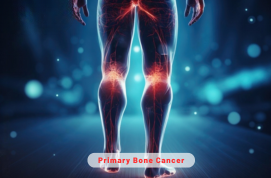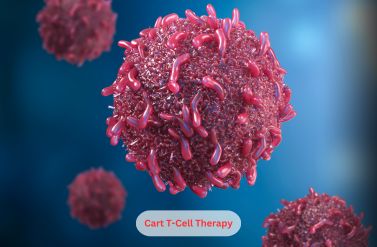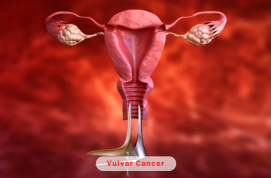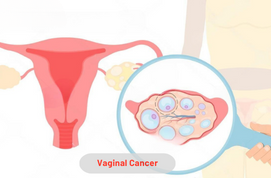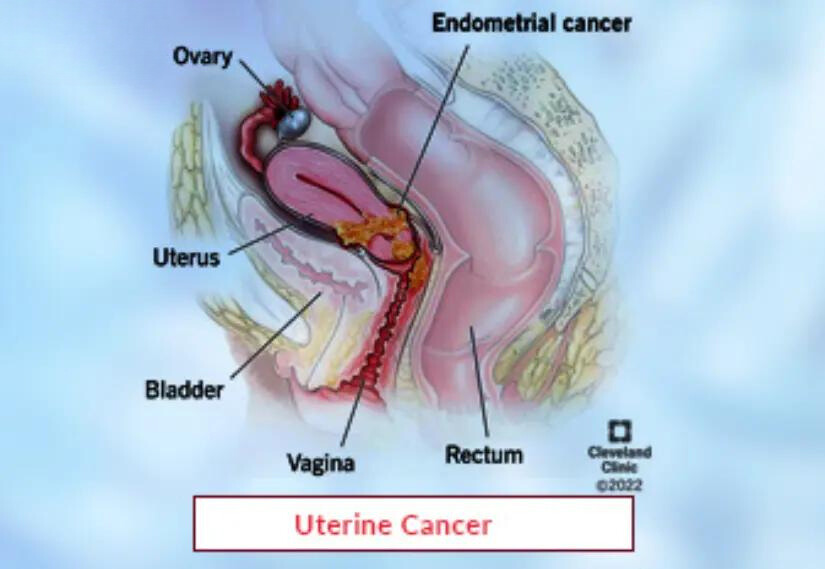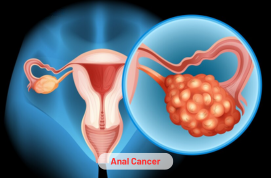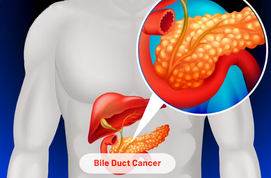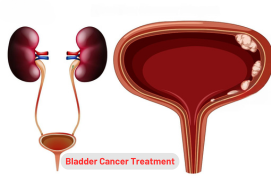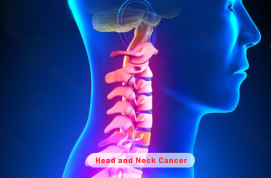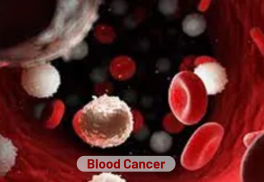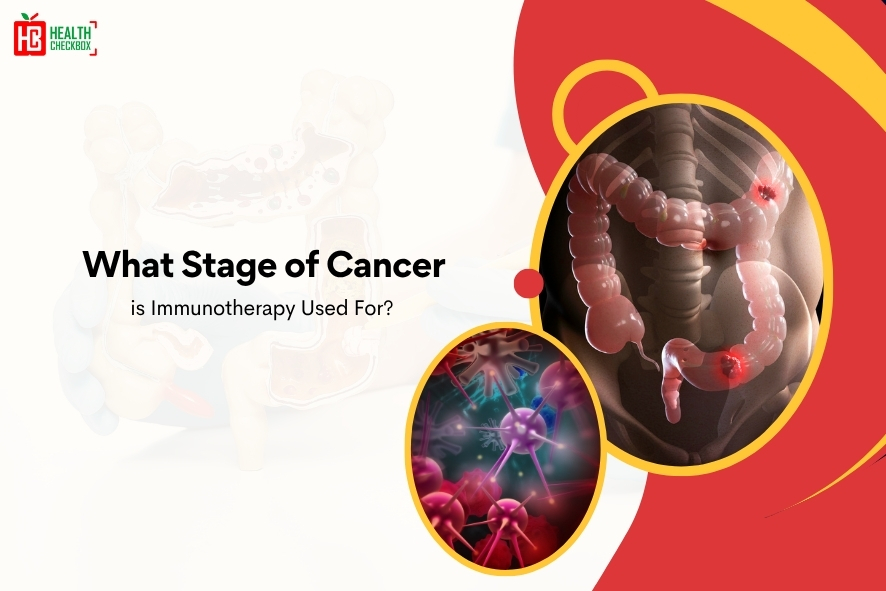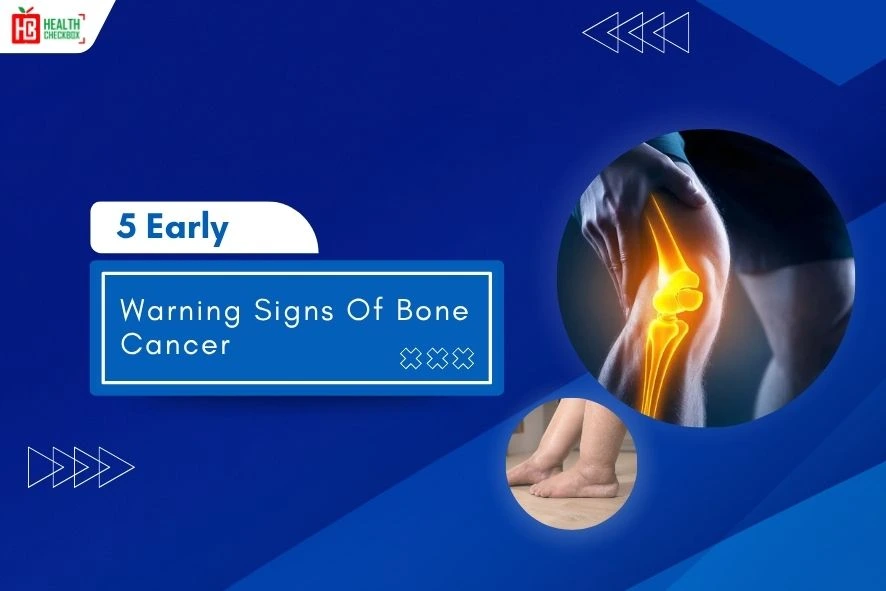Primary bone cancer is a rare kind of cancer that mostly develops in the large bones, for instance pelvis, spinal cord, legs, and arms. However, the chances of its occurrence are only 1%. Several factors, including serious injury, unique genetics, paget disease, age, long-term exposure to radiation, and bone discomfort, play an important role in the occurrence of primary bone cancer.
Primary cancer, also known as bone sarcoma which refers to rapid growth of tumor or cancer cells in the bone. It badly affects bone tissues. As a consequence, a person gets diagnosed with primary bone cancer and experiences primary bone symptoms such as unexpected weight loss, unexplained dizziness, lumps on specific areas of bone, fractures, and unbearable pain. The treatment options for the primary cancer are surgery, chemotherapy, targeted therapy, and medications.
Types of Primary Bone Cancer
Primary bone cancer is a less common disease that is detected in 1% people in the world. There are different types of primary bone cancer, including:
Osteosarcoma
Osteosarcoma bone cancer, commonly forms in large bones, including shoulder, arm, legs, and knee. This is most often developed in children and adolescents and affects their overall health condition. It develops in osteoid tissues of the bone in the form of tumor or cancer cells. These cells often grow quickly and start to spread to other parts of the body.
The risk of osteosarcoma occurring is higher in children and adults. It mostly affects men as compared to women. Individuals who have paget disease or a past medical history of exposure to high doses of radiation are at risk of forming this type of bone cancer. Chemotherapy and surgery are the treatment options for Osteosarcoma cancer.
Chondrosarcoma
Chondrosarcoma bone cancer, takes place in the cartilage tissue of the particular bone and forms as cancer. Cartilage is a kind of joint tissue that contributes to the alignment of the bones. Chondrosarcoma mostly develops in the shoulder, thighs, and pelvis. At its initial stage, it is hard to detect, it simultaneously grows in the body and spreads to other organs of the body. The people who are above age 40 are at the highest risk of this bone cancer.
Ewing Sarcoma
Ewing Sarcoma occurs in the soft tissue cells of the bone. It develops mostly in children and adults. This cancer usually happens in ribs, legs, and pelvis bones and rapidly takes place in the entire bone, in some cases it also affects lungs. Males are more likely to develop Ewing sarcoma cancer than females. This cancer is more found in Western people than in Asian people.
Chordoma
Chordoma bone cancer occurs in the base of the spinal cord in a form of tumor. This tumor mostly occurs in older people who are above 40 years old. Chordoma starts appearing from the notochord, which this a group of cells that directs spine formation during pregnancy. Occasionally, particles of notochord stay in the body after the spinal bone is completely formed. In most cases, these particles do not cause any harm however, in some rare cases, they can cause cancer. In different parts of the bone, these tumor cells grow slowly and can damage the surrounding bone as well.
Causes of Bone Cancer
Exact causes of developing bone cancer are not known, however, medical researchers reckon it is caused through multiple factors that are given below:
- Long-term Bone discomfort
- Past specific injury to the bone
- Rare kind of genealogical condition
- Lumps in the Bone
- Overexposure to high radiation
- Other chemical exposure which harmful to the bone
- Age Factor
- Paget Disease
Symptoms of Bone Cancer
- Sudden Weight Loss: If a person is going through with the sudden weight loss problems without taking weight loss medicine and physical exercises, then it can cause primary bone cancer.
- Facing Difficulty in Doing Physical Activities: When an individual faces a lot of difficulty while running and walking or performing any kind of physical task, this could be a symptom of bone cancer.
- Swelling on the Affected Bone: If someone is experiencing any kind of lump or swelling on any bone, then must consult with a doctor because it could form bone cancer in that specific area of bone.
- Unbearable Pain: When bone cancer takes place in the body, a person experiences mild to severe pain, mostly at night. In this condition, consult with a doctor to get a diagnosis.
- Experiencing Fractures: Experiencing continued fractures from time to time is one of the reasons for developing bone cancer in the body.
- Fatigue or Dizziness: Fatigue or having dizziness without any reason shows an alarming sign of primary bone cancer. Hence, a person must consult with a doctor.
How to Diagnose Primary Bone Cancer?
To diagnose primary bone cancer, consulted doctor checks a person’s overall health condition and performs some tests, which are as follows:
X-rays
Doctors suggest X-rays and CT scans in some cases when bone cancer is hard to detect. Through X-rays, they check the exact shape and location of the tumor of the cancer cells in the body. By doing these tests, they get a clear image or picture of the tumor forming in the bone.
Blood Tests
To check the cancer occurrence a doctor suggests a person to do some necessary blood tests in order to check the levels of two enzymes called alkaline phosphatase and lactate dehydrogenase. If a medical expert found an increased amount of both enzymes, after blood test, in the blood, then this could be identified as Osteosarcoma or Ewing sarcoma, types of cancer. Those cells that are responsible for developing bone tissue are very active in the blood levels. It can also be shown as a sign of cancer, this is not a reliable way to check cancer occurrence in a patient.
Biopsy
A surgeon or a doctor might also perform a biopsy with the needle to check cancer conditions. During the biopsy period, the surgeon makes a tiny hole in the specific bone and takes a sample of bone tissue from the tumor with the help of medical instruments. The doctor does it to remove an entire lump or tumor suspected part of the bone just to diagnose.
Primary Bone Cancer Treatment & Procedure
A group of doctors sits together and check the overall condition of the patient. This combined teamwork involves multiple doctors, like orthopedic surgeons, radiation oncologists, and medical oncologists. All work together to treat the patient after examining all tests, and after that, they plan the treatment that is suited for the patient’s condition.
Types of Treatments
Radiation Therapy
In some cases, where surgery is not an option, doctors do radiation therapy to treat the patient. This procedure is performed under the eye of medical experts to eliminate the cancer cells from the body.
Chemotherapy
Chemotherapy is applied to cancer patients to diminish cancer cells in their body. It is given by the medical experts, in the form of IVs, injections, oral tablets, and creams, after examining a patient’s overall condition. The process is a little painful, however, it is an effective way to reduce tumors in the bone. In some cases, it may cause side effects as well.
Targeted Therapy
Targeted therapies are made to remove cancer cells from the body. These therapies are given to cancer patients in the form of prescribed medicines or drugs that destroy cancer cells and also prevent healthy cells in the body.
Cryosurgery
Cryosurgery is a technique that is often used in the medical field that involves liquid nitrogen to freeze and kill cancerous cells that are responsible in the occurrence for bone cancer.
Surgery
To treat primary bone cancer, surgery is an effective treatment method if a person’s body is in a condition to undergo surgery. Then doctors confidently opt for this option. In most surgery procedures, doctors gets successful in removing cancerous cells that are spreading in other parts the body and causing cancer.
Latest Health Tips
Can Immunotherapy Cure Stage 4 Lung Cancer?
Early Signs of Cervical Cancer
Foods that Kill Cancer: Leafy Vegetables, Grains, & More
What Stage of Cancer is Immunotherapy Used For?
Which is Worse for Cancer, Sugar or Alcohol?
Vaccines That Prevent Cancer
What Kills Cancer Cells in the Body Naturally?
5 Early Warning Signs of Bone Cancer
Submit Your Enquiry
Testimonials








